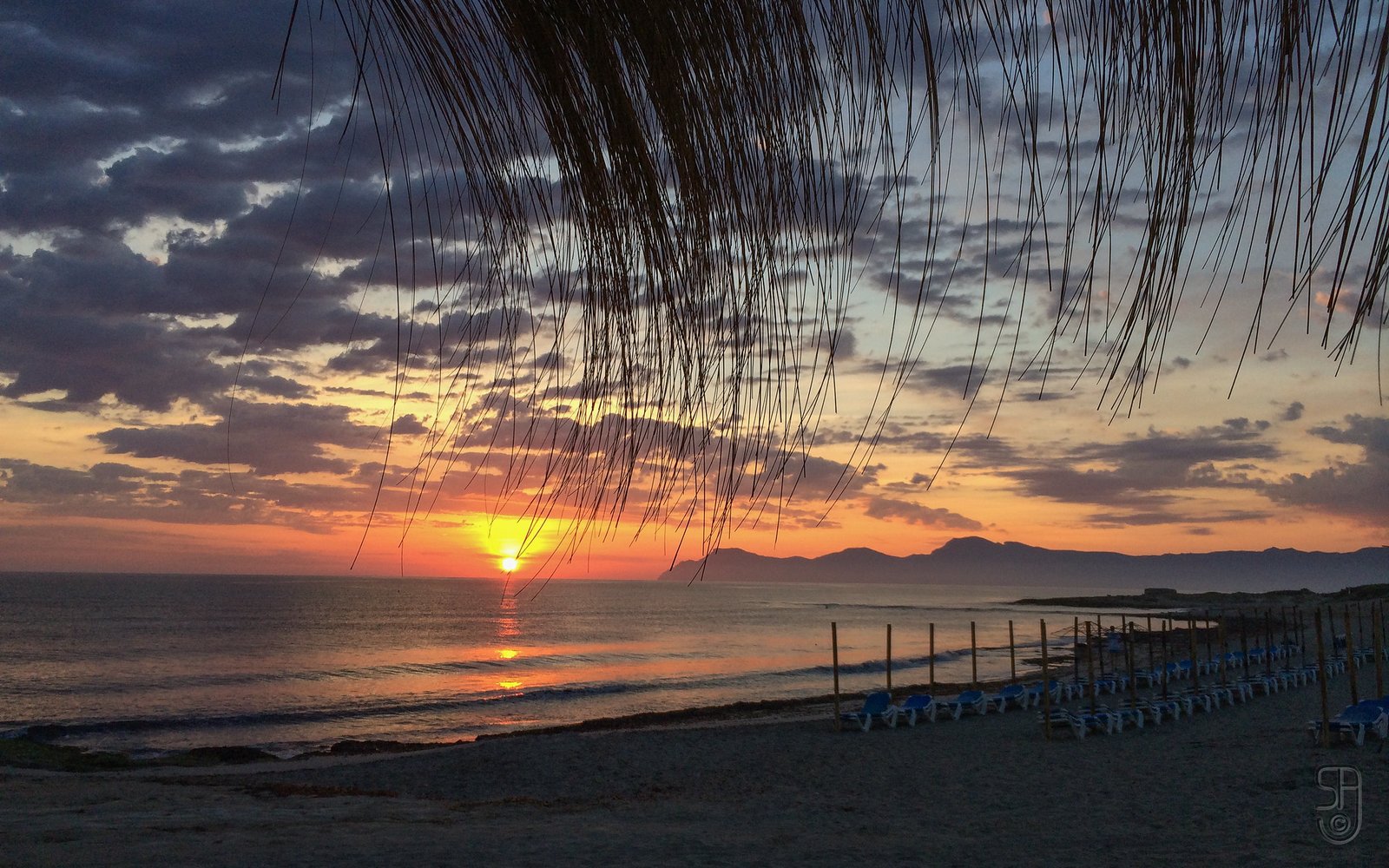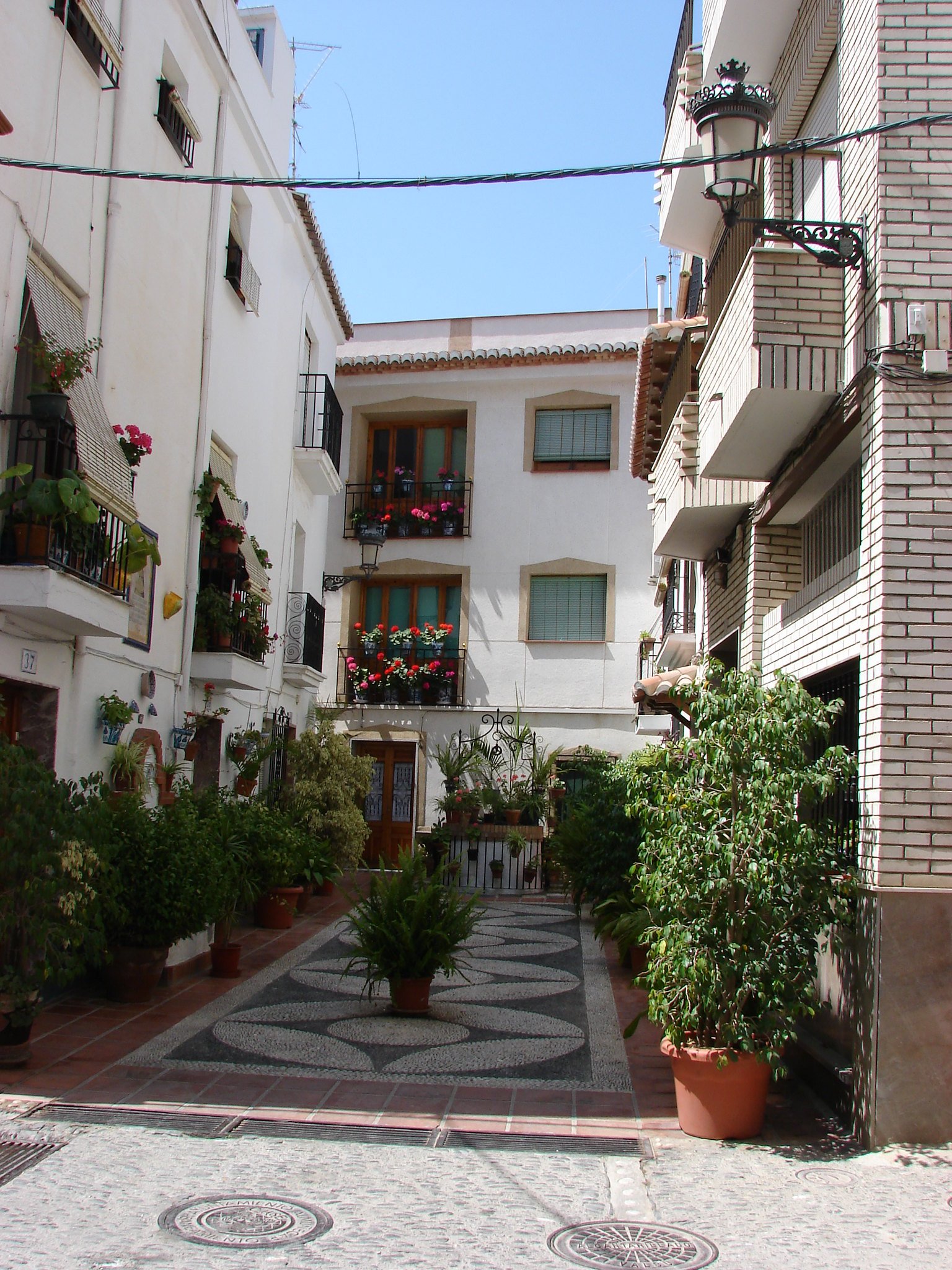Introduction: Paradise Awaits in Southern Spain
Southern Spain is home to some of the most stunning beaches in Europe. From golden sands to crystal-clear waters, this region offers a beach for every type of traveler. Whether you’re seeking family-friendly shores, secluded coves, or vibrant beach towns, the Costa del Sol, Costa de la Luz, and Costa Tropical have you covered.
Top Beaches in Southern Spain
- Playa de la Malagueta (Málaga)
- Located in the heart of Málaga city, Playa de la Malagueta offers convenience and beauty.
- Perfect for those who want a mix of urban vibes and relaxation by the sea.
- Playa de Bolonia (Tarifa)
- This unspoiled beach is a favorite for its soft sands, dunes, and proximity to the Roman ruins of Baelo Claudia.
- Ideal for windsurfing enthusiasts and nature lovers.
- Playa de los Muertos (Almería)
- Known for its striking turquoise waters and pebbled shores, this beach feels like a hidden paradise.
- Accessible via a short hike, it’s perfect for those seeking tranquility.
- Playa de La Herradura (Granada)
- A picturesque horseshoe bay in the Costa Tropical, La Herradura is ideal for snorkeling and kayaking.
- Surrounded by cliffs and clear waters, it’s a favorite for adventurers.
- Playa de Zahara de los Atunes (Cádiz)
- Famous for its expansive sands and vibrant beach bars, this beach is great for families and nightlife seekers alike.
- The sunsets here are absolutely breathtaking.
Activities to Enjoy on Southern Spain’s Beaches
- Water Sports Galore
- Southern Spain is a haven for windsurfing, paddleboarding, and scuba diving. Beaches like Tarifa and Nerja are hotspots for water sports enthusiasts.
- Relaxing and Sunbathing
- With an average of over 300 sunny days a year, you can enjoy sunbathing almost year-round. Don’t forget your sunscreen!
- Beachside Dining
- Savor fresh seafood at a local chiringuito (beach bar). Try the iconic espetos de sardinas, sardines grilled over an open flame.
- Exploring Coastal Trails
- Many beaches are connected by scenic coastal paths, offering spectacular views of the Mediterranean and Atlantic.
Tips for Visiting Beaches in Southern Spain
- Timing: Visit early in the morning or late in the afternoon to avoid crowds, especially during peak summer months.
- Beach Essentials: Bring a hat, sunscreen, and a reusable water bottle to stay hydrated.
- Local Etiquette: Be mindful of local customs, such as respecting the quiet hours in less touristy areas.
Why Southern Spain’s Beaches Are Unmissable
From the glamour of Marbella to the wild beauty of Almería, southern Spain’s beaches offer a diverse range of experiences. The combination of natural beauty, rich culture, and fantastic amenities ensures an unforgettable getaway.
Bibliography and Resources
- Spain’s Official Tourism Website: https://www.spain.info
- Andalucía Travel Guide: https://www.andalucia.com
- Coastal Activities and Highlights: https://www.costatropical.net










